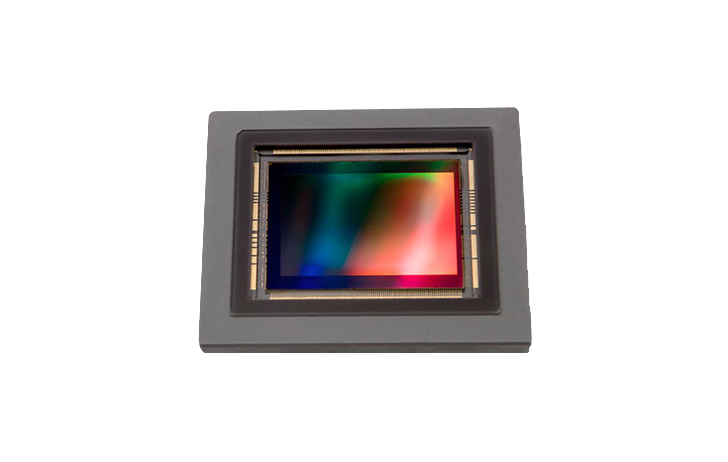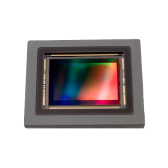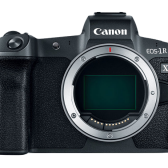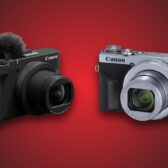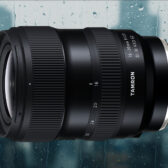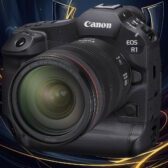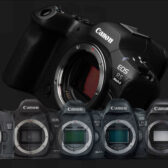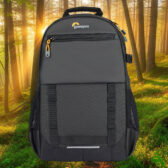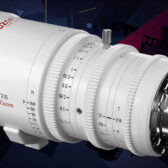MELVILLE, NY, June 20, 2019 – As image sensors are a driving force in innovating industries, Canon U.S.A., Inc., a leader in digital imaging solutions, is pleased to announce two new CMOS (complementary metal-oxide semiconductors) sensor products, the ultra-high resolution 120MXSI and ultra-high sensitivity 35MMFHDXSMA. These sensors help expand the company’s lineup of industrial vision products, and offer integrators and end users additional capabilities when developing solutions in a variety of applications1.
“As a result of Canon’s success in developing and manufacturing advanced CMOS sensors for our own purposes, we expanded to create a business platform offering select sensor capabilities for use in industrial vision applications,” said Kazuto Ogawa, president and chief operating officer, Canon U.S.A., Inc. “These two new CMOS sensors reflect Canon’s dedication to this new business, and reinforce our commitment to developing high-quality imaging solutions.”
120MXSI
The 120MXSI sensor is built with the ability to produce clear, high-quality images, making it a great fit for integrators and end users developing applications such as machine vision, security, robotics, precision agriculture and healthcare. This 120-megapixel sensor is capable of simultaneous and discrete image capture in both the visible and near-infrared spectrums2 at a maximum frame rate of 9.4 frames per second.
35MMFHDXSMA
The 35MMFHDXSMA sensor is capable of capturing monochrome imagery in extreme low-light environments where subjects would be near impossible to recognize with the naked eye. Removal of the color filter array doubles the sensitivity of the previously announced 35MMFHDXSCA sensor, providing even greater low-light capabilities. This sensor can meet a wide range of ultra-high-sensitivity needs when used as a component to support a multitude of applications developed by integrators and end users, including astrological observation, natural disaster monitoring, security and object detection, molecular and cell biology, and industrial vision.
The 120MXSI and 35MMFHDXSMA CMOS sensors will be showcased in the Canon Booth #1611 at the Sensors Expo & Conference, which, according to its organizer, is the industry’s largest event dedicated to sensors, connectivity and IoT, taking place from June 26-27, 2019 at the San Jose McEnergy Convention Center in San Jose, California.
For more information on Canon sensors, please visit canon-cmos-sensors.com.
|
When you purchase through links on our site, we may earn an affiliate commission. Here's how it works. |


